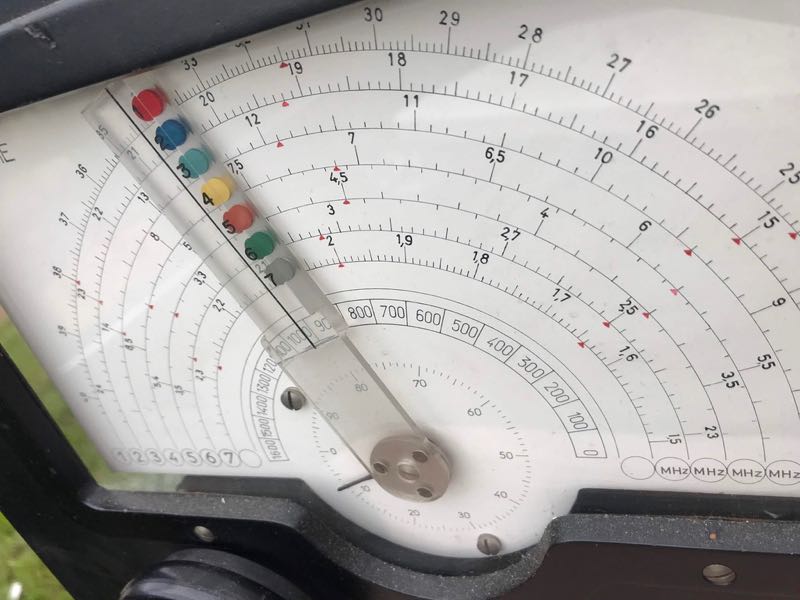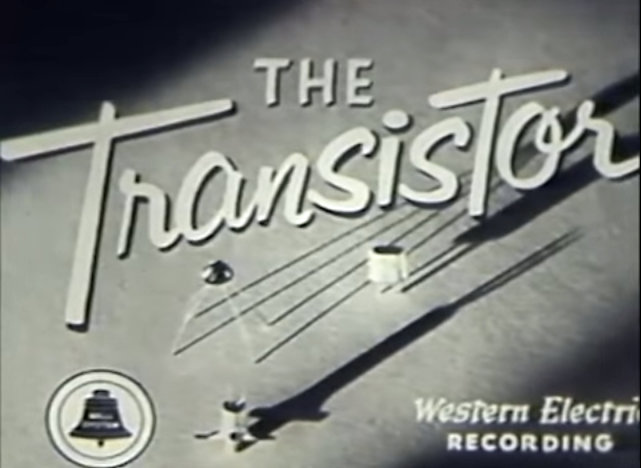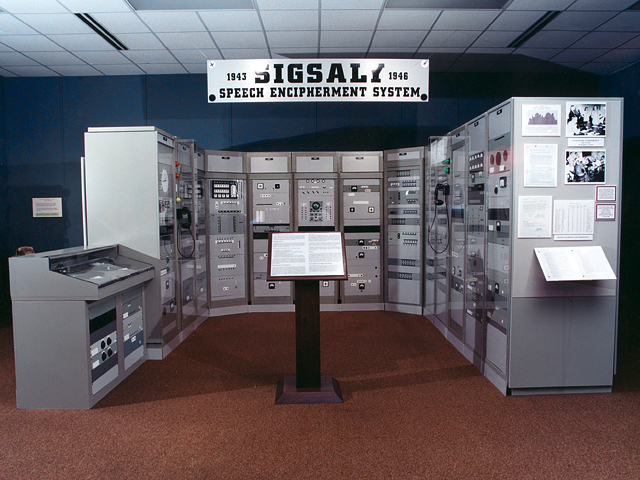Radio Waves: Stories Making Waves in the World of Radio
Welcome to the SWLing Post’s Radio Waves, a collection of links to interesting stories making waves in the world of radio.
A special thanks to SWLing Post contributor, Dennis Dura, for these news tips! Enjoy:
Historic Bell Labs Horn Antenna At Risk, Holmdel Citizens Group Says (Patch.com)
Citizens for Informed Land Use is against a proposal before the Planning Board to reclassify the former Nokia site for redevelopment.
HOLMDEL, NJ — Citizens for Informed Land Use, Preserve Holmdel and others are rallying to preserve the Bell Labs Horn Antenna, which they say is threatened if the 43-acre site it stands on is reclassified for residential development.
The property at 791 Holmdel Road is home to the Bell Labs Horn Antenna, once used by Bell Labs scientists Dr. Robert Wilson, who still lives in the township, and Dr. Arno Penzias, to study microwave radiation from beyond the Milky Way, the organization says.
The site is also described by the group “as the highest point in Monmouth County, providing remarkable views of Raritan Bay and Manhattan.”
The scientists’ “research confirmed evidence of the Big Bang Theory as the origin of the universe and earned both men a Nobel Prize in Physics in 1978,” the land use group said in a news release.
But on Nov. 22, the Township Committee approved a resolution directing the Planning Board to study whether the former Nokia site in the Crawford Hill section of Holmdel – the site of the Horn Antenna – should be reclassified as an “area in need of redevelopment.” [Continue reading…]
New Jersey’s Disturbing Monolith Secrete: The Rise and Fall of Tuckerton Tower (YouTube)
In Tuckerton, NJ, a massive cement monolith sits out of place, and upon closer inspection, out of time. You see, this gigantic block was once the base of the tallest structure in North America and the second tallest in the world after the Eiffel Tower. Built in 1912, the Tuckerton tower stood at 825 feet and was the first and most potent transatlantic broadcasting tower ever, but here’s the twist, although it was on US soil, it was entirely built by and belonged to Germany.
Why the tallest tower on earth collapsed | The Warsaw Radio Mast (YouTube)
The Warsaw Radio Mast (Polish: Maszt radiowy w Konstantynowie) was a radio mast located near G?bin, Poland, and the world’s tallest structure at 646.38 metres (2,120.7 ft) from 1974 until its collapse on 8 August 1991.
Designed by Jan Polak, and one of the last radio masts built under Communist rule, the mast was conceived for height and ability to broadcast the “propaganda of the successes” to remote areas such as Antarctica. It was the third tallest structure ever built, being surpassed as the tallest by the Burj Khalifa tower in the United Arab Emirates in 2009 and Merdeka 118 tower in Malaysia in 2022. Designed by Jan Polak, its construction started in July 1970, was completed on 18 May 1974, and its transmitter entered regular service on 22 July of that year. The opening of the mast was met with extensive celebration and news coverage by the Polish Film Chronicle.



